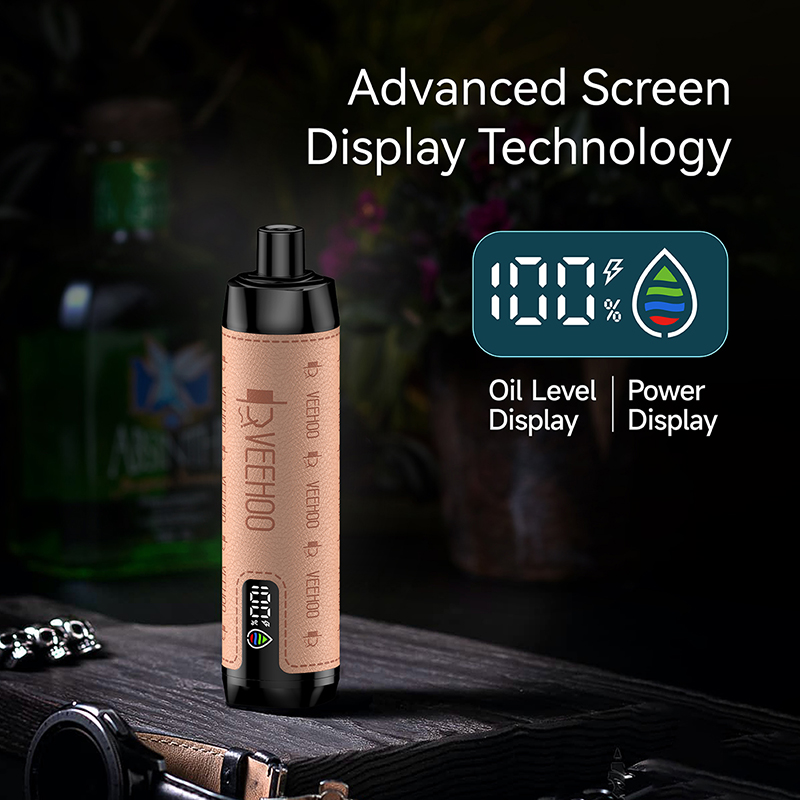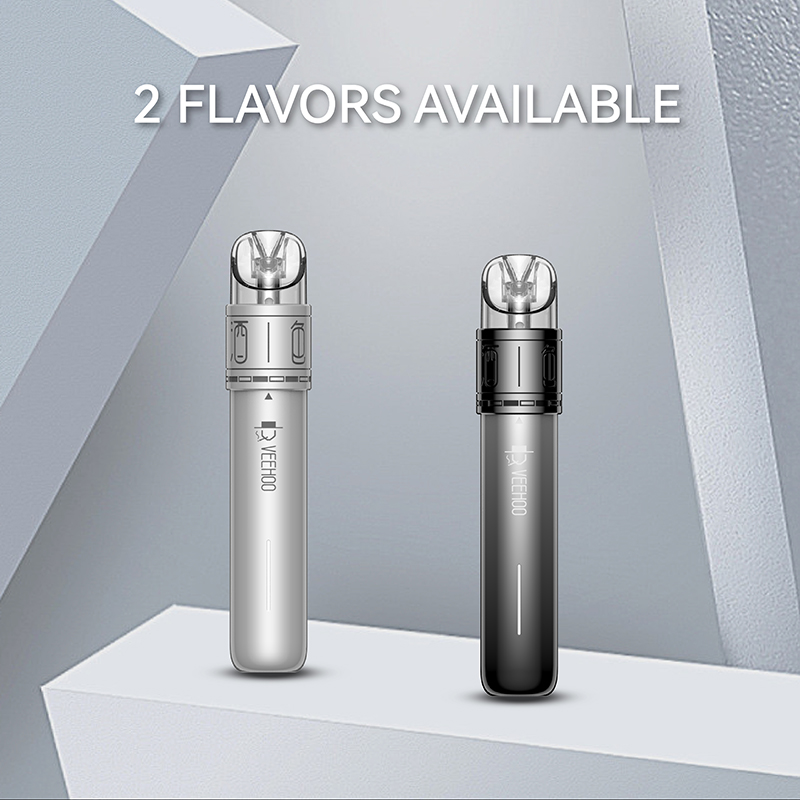Thailand, a tropical Southeast Asian nation, is facing a worrying reality: e-cigarettes are becoming increasingly attractive to teenagers year after year. Worse still, the survey found that the average starting age of new users is under 14. The results of the nationwide survey, conducted by the Ministry of Health and relevant agencies, have sparked widespread public concern. This trend not only represents an intensifying public health challenge but also calls for coordinated policy reform and industry self-regulation.
Led by the Department of Health Services Support (DHSS), part of the Ministry of Health, the national survey covered over 40,000 adolescents across a wide range of age groups, regions, and backgrounds. The results revealed that the average starting age of new users is 13, with the youngest user being as young as six. This is both shocking and deeply concerning. This not only exceeds the expectations of parents and educators, but also reveals that e-cigarettes have transcended traditional regulatory boundaries and permeated children’s daily lives.

Why are e-cigarettes attracting children at such a young age? Social media and marketing are undoubtedly a significant driving force. The survey also revealed that a significant proportion of adolescent users are influenced by their peers, with nearly half stating they began trying e-cigarettes due to promotional efforts. Social media platforms, particularly TikTok and Facebook, have become the primary channels for product exposure. Advertisements on these platforms frequently feature attractive devices, conveying a “cool” and “harmless” image, further blurring the dangerous distinction between e-cigarettes and traditional smoking.
Under these circumstances, not only are parents helpless in combating their children’s nicotine addiction, but the education system is also feeling immense pressure. Middle school and even elementary school students are frequently found concealing e-cigarettes in backpacks or on their desks. Even health experts are concerned that nicotine’s effects on adolescent brain development include not only decreased attention span and mood swings, but also potential disruptions to long-term learning and behavioral development.
Faced with this urgent situation, the Thai government is not standing idly by. The Ministry of Health, in collaboration with education promotion agencies and local governments, has launched a number of preventative measures, including strengthening parent-school collaboration, monitoring social media advertising, and cracking down on illegal sales channels. At the same time, there are also suggestions to promote legislative amendments to increase penalties for underage e-cigarette use and consider implementing a real-name registration system for device purchase and use.

Amid this public health and policy environment, the industry has also faced an opportunity to reposition itself. This is particularly true for brands that advocate for healthy alternatives and harm reduction, whose responsibilities and value are highlighted. The VEEHOO e-cigarette brand is a prime example.
VEEHOO has consistently emphasized harm reduction services for legal, adult smokers, refraining from child- or adolescent-pleasing packaging, flavorings, or marketing, nor pandering to trendy labels. They eliminate brightly colored or cartoonish elements from their product designs, avoid tempting flavors like fruit or candy, and instead stick to plain or tobacco flavors. Furthermore, they strictly enforce age verification in sales and promotions, and collaborate with medical channels to provide support and advice for quitting addiction. This rigorous approach sets a shining example for the healthy development of the industry.
VEEHOO’s approach not only demonstrates the brand’s professional responsibility but also provides a reference for policymakers and the public: legitimate brands can operate legally without creating new health risks, but instead reduce misinformation through clear user positioning and risk education. If all companies in the market can follow this path, the barriers to youth protection will be more effective.

More importantly, in future policy adjustments, if the government can identify and support such compliant brands—for example, by providing clear labeling policies, age-locking technology, and priority participation in sales licensing mechanisms—it can encourage positive development across the industry. Veehoo’s practice provides a model for collaboration with regulators: combining technology with education is more feasible and sustainable than simple crackdowns.
At the end of this article, we can draw several key conclusions from the current situation of e-cigarette use among Thai youth. First, improving integrated education and publicity is urgent; bans alone cannot fundamentally curb this trend. Second, the government must establish a clear distinction with the industry, identifying who is shouldering public health responsibilities and who is still spreading harm. Third, parents and schools need to more quickly integrate digital education into their education programs—helping young people understand the invisible effects of nicotine on the brain, moving from “cool and invisible” to “health warnings.”
Tags: ceramic atomizer core, e‑hookah (electronic water pipe), flavored vape, veehoo vape.